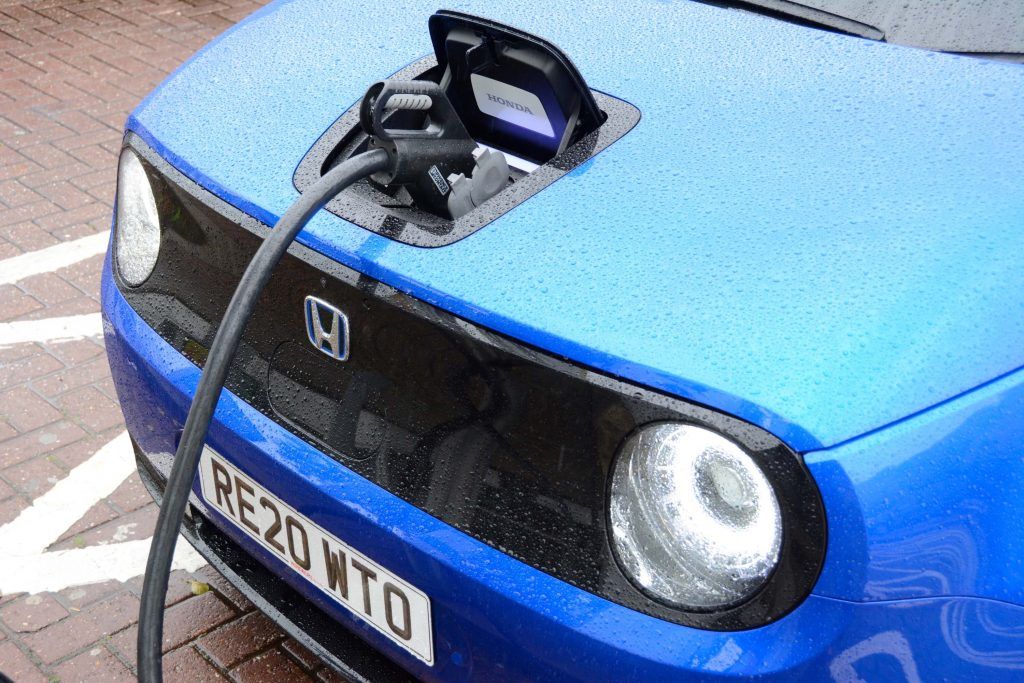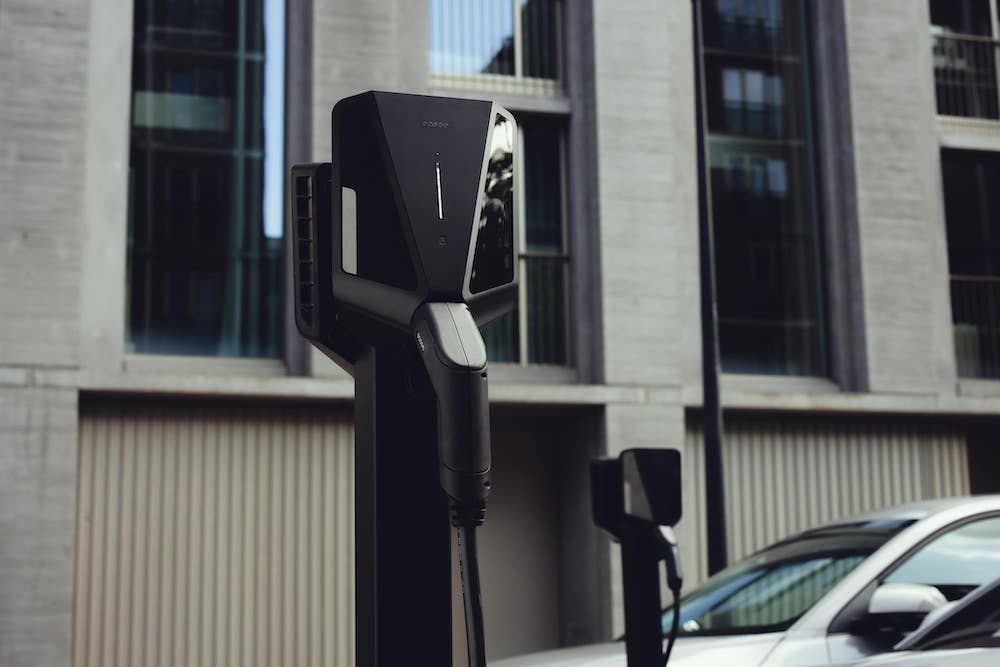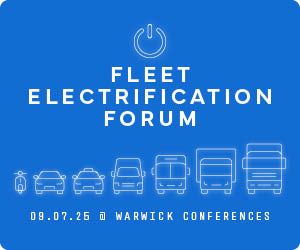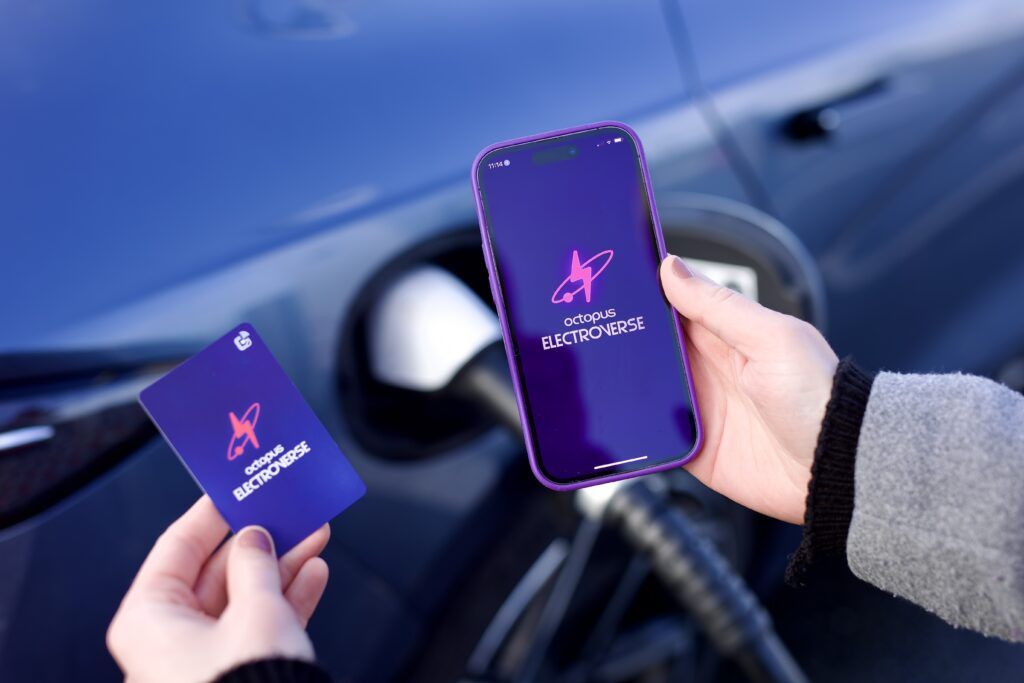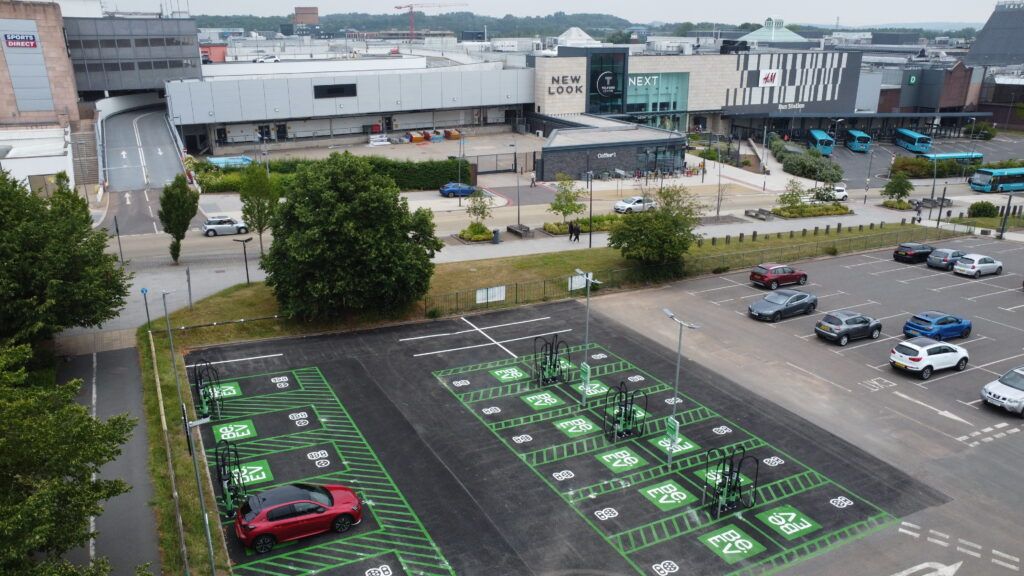Electric Vehicle Association (EVA) England has made a number of recommendations to Government relating to charging infrastructure following a survey which invited EV drivers to share views about their experiences with public chargepoints.
More than 1,000 drivers participated in the survey in England, who highlighted widespread support for the rollout of contactless credit and debit card payments, being able to use one charge card (also known as an RFID card) or app across multiple charging network operators, and higher levels of reliability. The survey also highlighted the importance of the public charging network even to those with off-street parking, with 92% of electric vehicle drivers relying on the public charging network at least once a month.
Gill Nowell, media spokesperson and a Director at EVA England, commented: “There are many benefits of making the electric switch, from the pleasure of driving to improving local air quality. With automotive manufacturers, fleets and businesses all now choosing to go electric, we need to improve the consumer experience at public chargepoints to take EV adoption mainstream.
“Based on the outputs of this survey, paving the road for the mass adoption of EVs looks like contactless card payments, roaming, consistent chargepoint reliability, simplified billing, and easy access to information about what chargers are where.
“We recognise that the pace of chargepoint deployment is increasing and that the infrastructure going in the ground today is greatly improved from that which was being installed even five years ago. However, we encourage Government to intervene now in order to ensure that all charging infrastructure is reliable, safe and user-friendly, across all driver groups.”
Based on the results of the survey, which was carried out in response to the UK Government’s consultation on the ‘Consumer Experience at Public Electric Vehicle Chargepoints’, EVA England has made the following recommendations to Government:
- Chargepoints should offer a choice between three standardised payment methods: 1) A contactless credit or debit card 2) A ‘universal’ charge (RFID) card 3) A smartphone app
- The Government should mandate that Charge Point Operators enable roaming and allow for drivers to use one app or RFID card on all networks
- Government should mandate a minimum amount of data that must be made open in a standardised format to EV drivers to better equip drivers to plan their charges along the public charging network
- All prices for electricity sold at EV charging sites should be stated in pence/kWh
- Government should work with the EV chargepoint industry to establish a roadmap to mandate 99% reliability and 24/7 helpline availability within agreed timescales
- Standardised signage should be increased in terms of both number and visibility both at the site of the chargepoint as well as on a range of approach roads.
Some key points from the survey responses can be seen below:
General satisfaction with public EV charging
Survey participants were asked to what extent they were satisfied with the current state of public charging infrastructure. The average satisfaction rating amongst drivers in England was 2.16 out of 5. Most drivers (43%) indicated that they were somewhat dissatisfied with public charging in England, with 24% indicating they were extremely dissatisfied. The intention of the satisfaction question was to establish a benchmark by which future improvements, and therefore future satisfaction, could be compared.
Making it easy to pay
A contactless credit or debit card was deemed to be the easiest method for accessing a chargepoint (with 46% of participants, or 472 drivers, selecting this method). Drivers would welcome, and acknowledge the need for, having the choice between a contactless credit or debit card, a universal RFID card and a smartphone app.
Roaming
87% of survey participants would welcome the ability to use one smartphone app across all public chargepoint networks, while a smaller percentage (71%) would welcome the ability to use one RFID card across all public chargepoint networks.
Opening up chargepoint data
Every driver who participated in the survey either used an app or website, or their vehicle’s satnav, to locate chargepoints. 83% of participants primarily use a website or app, while 17% indicated they primarily used their vehicle’s satnav. This data, however, is generally not real-time information, and 98% of respondents believed that having access to real-time data ahead of a charging event would save them time.
Reliability
99% of drivers believe that a reliability standard should be set. 86% of drivers have had to choose a different chargepoint than the one they originally intended to use due to reliability issues. 62% of drivers disagreed or strongly disagreed that public chargepoints are typically in good working order. Only 14% of survey participants felt that they found chargepoints in good working order.
Only 6% of drivers who use the public network have never had an issue with a charger. 66% of drivers have had to call a helpline at some point in the past 12 months. The most frequent comments on reliability and locations centred on the public charging network on motorways. EV charging along motorways therefore represents a significant area in which improvements can and should be made.
Lack of available chargepoints
Survey respondents frequently commented on the topic of ‘ICE-ing’, i.e., when a chargepoint is blocked by a petrol or diesel vehicle. Comments suggested the need for penalties for blocking a chargepoint, or better enforcement of existing penalties, to better ensure reliable access to a chargepoint.
Signage
Drivers perceived a lack of signage along motorways, at motorway service areas, on A-roads and at destinations that let them know the location of a public chargepoint; 72% felt there was not enough clear signage along motorways, and 65% felt there was not enough signage in motorway service areas.
More respondents (87%), however, indicated that signage along A-roads is lacking and an area in which improvements should be made. Only 3% agreed or strongly agreed that there is sufficient clear signage along A-roads, with 28% disagreeing and 59% strongly disagreeing.
Most people (74%) disagreed or strongly disagreed that there is clear signage at destinations (such as supermarkets or leisure centres) indicating the location of a public chargepoint.
Image courtesy of EVA England.



